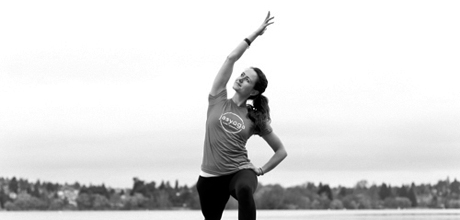
Your flexibility is, put simply, the ability of your joints and body parts to achieve their full range of motion, allowing you to do simple, everyday tasks. Like most things, your flexibility decreases with age as your muscles lose their natural suppleness and become more prone to developing aches, tears and pains.
Working to maintain your flexibility is very important for a number of reasons – some of the benefits include:
An increased range of motion
If your muscles are tight, you’ll experience a reduced range of motion throughout your body. This can make it difficult to do simple things such as reaching overhead or bending down. Working on your flexibility will make your everyday activities (as well as exercise) much easier.
The prevention of injury
When you don’t stretch, you increase your chances of injury as the tendons and ligaments around your muscles stiffen. Tight muscles reduce your range of motion, making it easier to injure yourself. Flexible joints require less energy to move through a greater range of motion. Working on your flexibility increases your range of motion and lowers your risk of injury to the muscles, tendons and ligaments.
Reduced back pain
There are multiple muscles that feed into your back. When these muscles get stiff and tight, it’s common to experience pain. For example, when your hamstrings are tight, they pull the pelvis down and create more pressure on the lower back. Tight hip flexors and pelvic muscles will also place extra stress on the spine.
Stretching all these muscles regularly will help to ease tension and soreness which will in turn relieve pain in the back and other areas of the body. The more flexible your pelvic muscles, hamstrings, hip flexors, and quadriceps, the less stress you’ll feel in your lower back.
Better posture
When we spend time hunched over a computer, certain muscles in our body — such as shoulders, back, core, and neck — actually shorten. This can have a big impact on your health, even increasing the amount of cortisol (the stress hormone) being released in your body. Stretching will help to lengthen and strengthen your muscles, reducing the effort it takes to maintain good posture throughout the day and can help you to feel more relaxed.
What are some different ways to stay flexible?
The best way to maintain flexibility is to stretch regularly. Whatever your age, you should try to stretch for a short period at least once a day. If time is short, focus on stretches that work the larger muscle groups such as shoulders, hamstrings, hips and lower back, and calf muscles – areas that are prone to stiffness and soreness as we age.
Yoga is also a great way to stay flexible and supple as postures focus on lengthening muscles and relieving tension in the body.